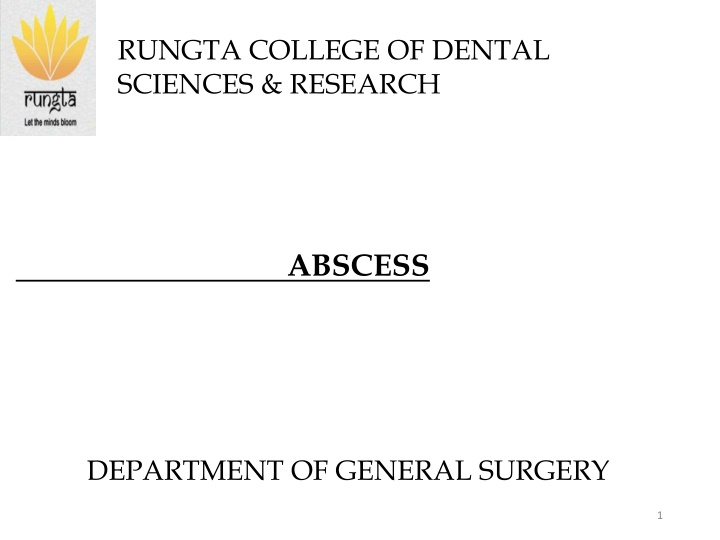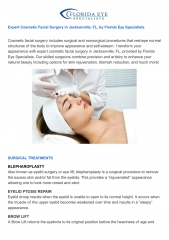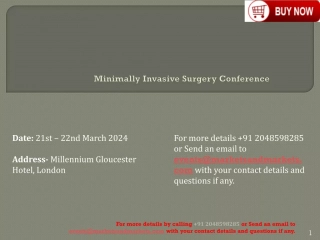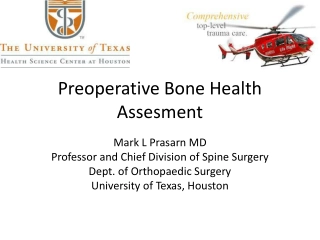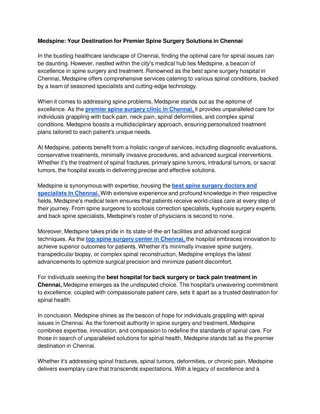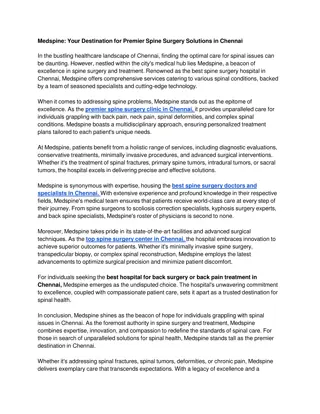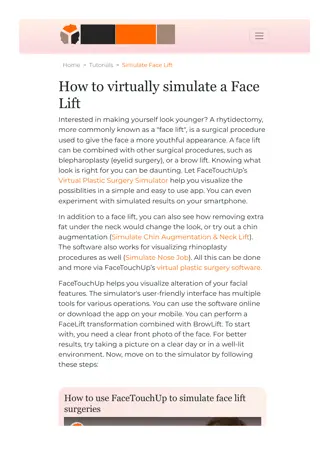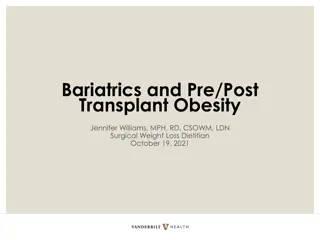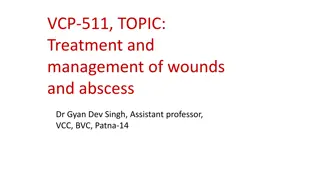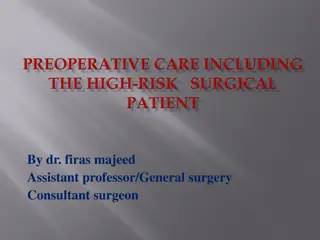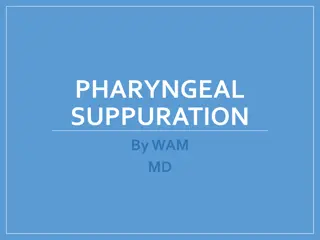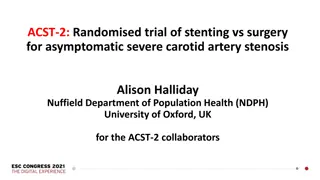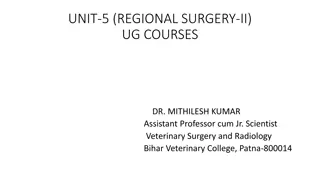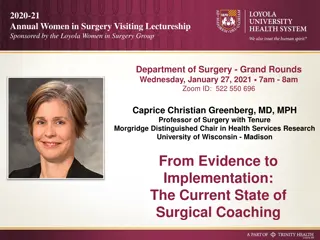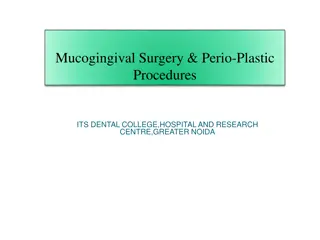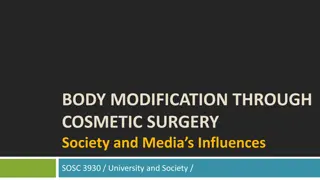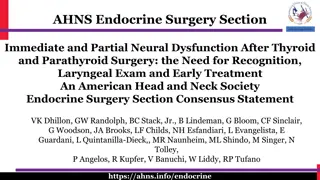Abscesses in General Surgery: Overview and Pathophysiology
Overview of abscesses in general surgery, covering definitions, classification, types, pathophysiology, causative agents, and predisposing factors. Learn about pyogenic, pyaemic, and cold abscesses, along with common organisms and contributing factors.
Download Presentation

Please find below an Image/Link to download the presentation.
The content on the website is provided AS IS for your information and personal use only. It may not be sold, licensed, or shared on other websites without obtaining consent from the author.If you encounter any issues during the download, it is possible that the publisher has removed the file from their server.
You are allowed to download the files provided on this website for personal or commercial use, subject to the condition that they are used lawfully. All files are the property of their respective owners.
The content on the website is provided AS IS for your information and personal use only. It may not be sold, licensed, or shared on other websites without obtaining consent from the author.
E N D
Presentation Transcript
RUNGTA COLLEGE OF DENTAL SCIENCES & RESEARCH ABSCESS DEPARTMENT OF GENERAL SURGERY 1
Specific learning Objectives At the end of this presentation the learner is expected to know ; Core areas* Domain ** Category # Cognitive Must Know ABSCESS HILTONS METHOD PYAEMIC ABSCESS COLD ABSCESS TUBERCULAR LYMPHADENITIS Cognitive Must Know Cognitive Must Know Cognitive Must Know Cognitive Must Know 2
Table of Content ABSCESS ABSCESS HILTON'S METHOD PYAEMIC ABSCESS COLD ABSCESS TUBERCULAR LYMPHADENITIS 3
ABSCESS Definition- It is a localised collection of pus in a cavity. Pus-It is a mixture of dead WB cells,dead and multiplying bacteria,toxins and dead necrotic tissues. Classification- A) Pyogenic abscess B) Pyaemic abscess C) Cold abscess
Pyogenic abscess- * commonest form of abscess * can be subcuteneous or deep or in a viscera * Usually caused by staphylococcal organism. * Enters in soft tissue either by direct external wound or haematogenous route or in a existing cellulitis.
PATHOPHYSIOLOGY- Following injury, there is inflammation of the parts. With this inflammation the events are summurised below- INFLAMMATION BLOOD VESSELS AND EXUDATION RETICULOENDOT- HELIAL RESPONSE ROLE OF BACTERIA PERMEABILITY + Macrophages and polymorohs Release of toxins and enzymes Exudation of proteins Releases lysosomal enzymes Tissue destruction Fibrin formation Liquefaction of tissue Pyogenic membrane forms Pus formation Pus formation
Causetive agents- Common organisms are- 1.Staphylococcus aureus 2.Streptococcus pyogenes Pre disposing factors- 1.Malnourishment 2.Anaemia 3.Diabetes people 4.HIV,immunosuppresive patient 5.Old age Other factors- 1. Trauma & wound contamination 2.Haematoma 3.Virulence of the organism
Clinical features- 1.Throbbing pain 2.Fever with chills and rigors 3. Soft ,smooth, tender with fluctuant swelling with often visible pus is seen. 4. Brawny indurations in surrounding skin area 5.Redness,warmth and restricted movement of the part present. THE CLASSICAL SIGN OF INFLAMMATION Calor,Tumor,Dolar ,Rubor,Loss of function & positive fluctuation test
Investigation- 1.Routine blood exam 2.Blood sugar 3.Aspiration of pus and its culture+sensitivity Treatment- 1. Incision and drainage of abscess cavity by Hilton method. 2.Suitable antibiotic. 3.Symptomatic treatment. 4.Dressing of wound
There are total 10 Steps of Hiltons Method of Incision and Drainage. These are as follows. 1. Topical anaesthesia: Topical anaesthesia is achieved with the help of ethyl chloride spray. 2. Stab incision: made over a point of maximum fluctuation in the most dependent area along the skin creases, through skin and subcutaneous tissue. 3. If pus is not encountered, further deepening of surgical site is achieved with sinus forceps (to avoid damage to vital structures).
4. Closed forceps are pushed through the tough deep fascia and advanced towards the pus collection. 5. Abscess cavity is entered and forceps opened in a direction parallel to vital structures. 6. Pus flows along sides of the beaks. 7. Explore the entire cavity for additional loculi. 8. Placement of drain: A soft yeat s or corrugated rubber drain is inserted into the depth of the abscess cavity; and external part is secured with the wound margin by sutures.
9. Drain left for at least 24 hours. 10. Dressing: dressing is applied over the site of incision taken extraorally without pressure. Modified hilton s method-When the abscess is on or near the some important anatomical structure , then instead of using stab knife, the abscess cavity is opened using Sinus forcep. By this way damage to vital structure can be prevented.
Complications of abscess- 1.Bacteraemia, Septicaemia and pyaemia 2.Metastatic abscess formation 3.Destruction of tissue due to necrosis. 4.Antibioma 5.Sinus and fistula formation 6.Erosion of adjacent blood vessel leading to hemorrhage. 7.Specific complications of internal abscess- Brain ,liver abscess etc.
Differential diagnosis- 1. Aneurysm specially Popliteal,femoral and Axillary aneurysms. 2. Soft tissue sarcomas-soft,smooth warmth having dilated veins over surface. *****
Pyaemic Abscess *These are formation of multiple abscess in different parts of body. *It is due to lodging of multiple infective bacterial emboli from the circulating blood. *Emboli lodged there suppurates and forms abscess in that part of body. *They may be at subfascial plane or deeper plane,in the organ(liver,brain,kidney) * They do not have signs of acute abscess like warmness,fluctuation or pointing tender.
COLD ABSCESS It is a chronic abscess due to a chronic disease. Most commonly, it is tuberculosis. Rarely cold abscess can be seen in Actinomycosis, Leprosy n Madura foot. As the abscess has no intense signs of inflammation, it is called COLD ABSCESS.
Tubercular Lymphadenitis Etiology Caused by Mycobacterium tuberculi Route of entry 80% thru. tonsillar crypts n affecting the L. nodes of ant. triangle. 20% cases, L. nodes in posterior triangle are involved due to infection thru. Adenoids. Very rarely from TB of apex of lung.
Stages of TB lymphadenitis 1. Stage of adenitis 2. Stage of periadenitis 3. Stage of cold abscess 4. Stage of coller stud abscess 5. Stage of sinus formation
INVESTIGATION 1. CBC 2. ESR 3. CHEST X-RAY 4. SPUTUM FOR AFB 5. FNAC 6. LYMPH NODE BIOPSY 7. EDGE BIOPSY FROM SINUS
Medical Teatment Anti Tuberculous Ttreatment [ATT] Three drug regime INH, Rifampicin, Pyrazinamide for two months followed by INH and Rifampicin for another 4 months. Dosage = INH 6mg/kg body wt. =Rifampicin 10mg/kg body wt. =Pyrazinamide 30mg/kg body wt.
Role of surgery 1. For lymph node biopsy 2. Non dependant aspiration of cold abscess. 3. Excision of Lymph nodes 4. Excision of sinus wall. ****
Non dependant aspiration of cold abscess
REFERENCES SRBS BOOK OF GENERAL SURGERY A MANUAL ON CLINICAL SURGERY - S DAS MANIPAL MANUAL OF SURGERY - K RAJGOPAL SHENOY BAILEY AND LOVES SHORT PRACTICE OF SURGERY 27
Question & Answer Session You may ask your doubts related to the topic? 28
THANK YOU 29
